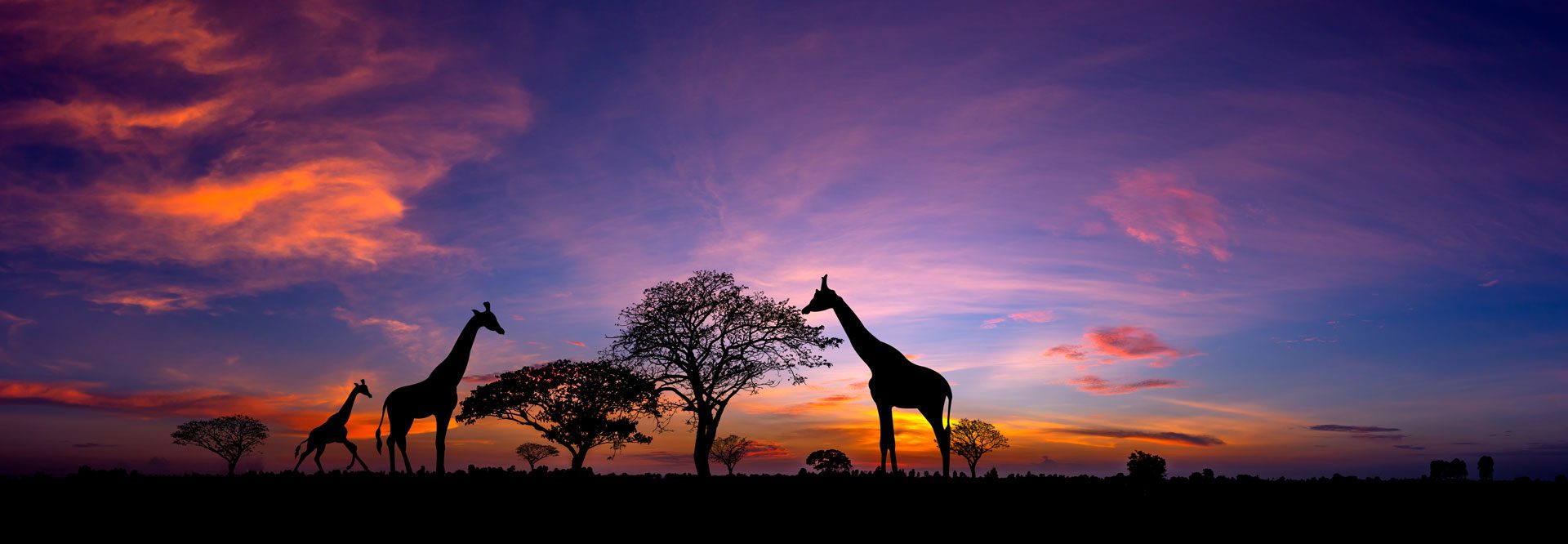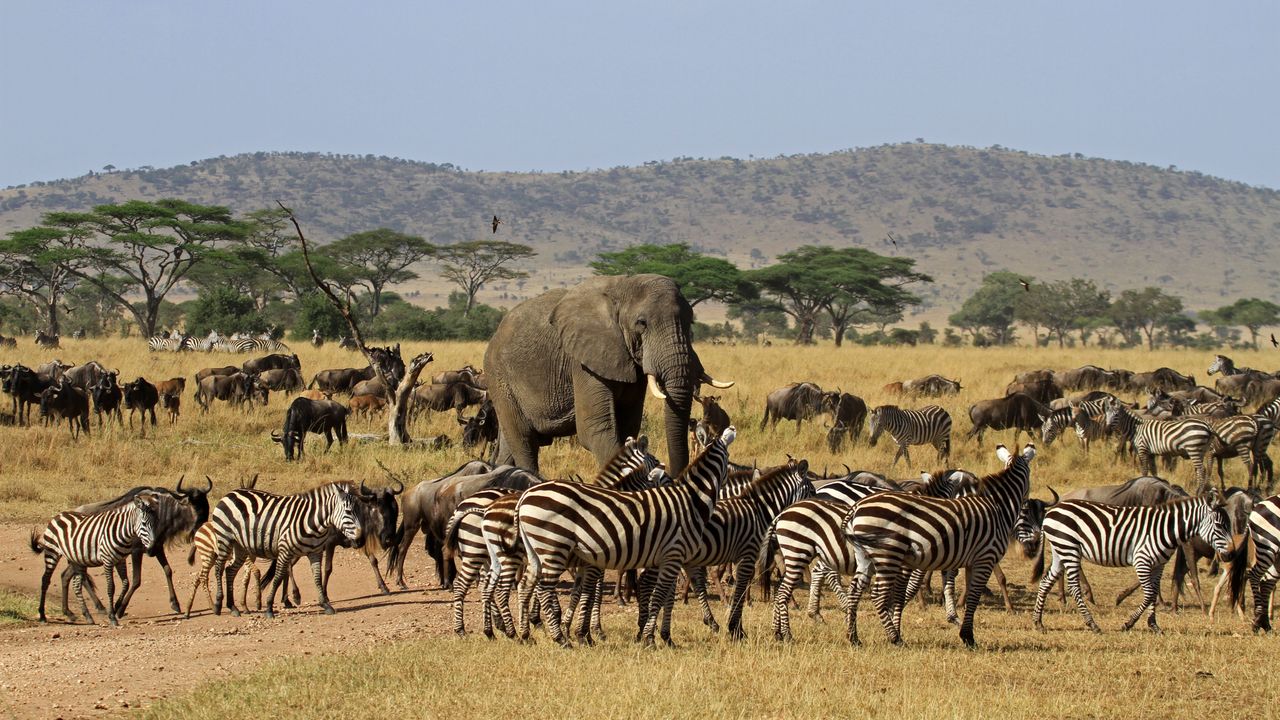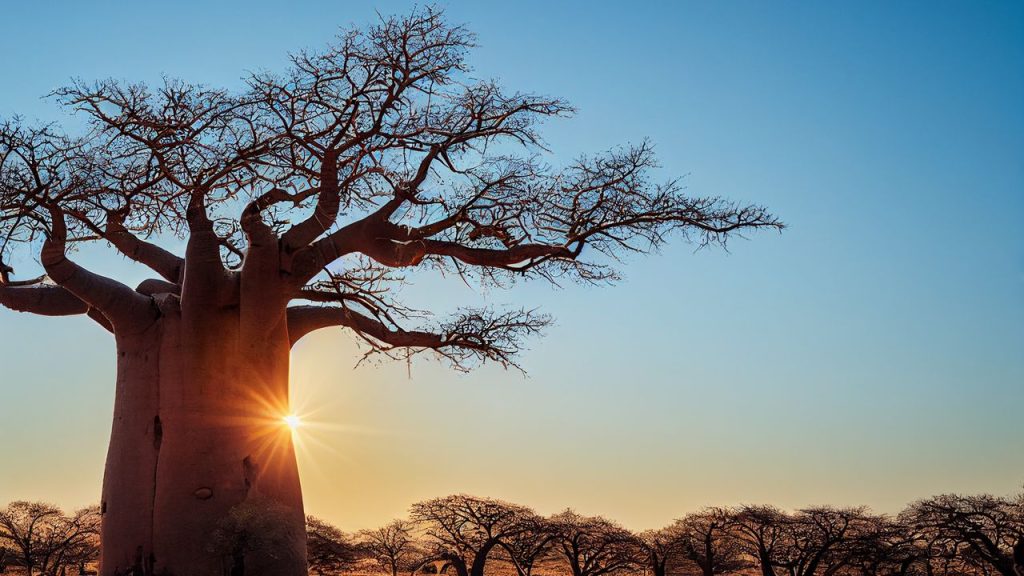Embark on an Unforgettable Adventure: Mount Kilimanjaro Trek
Mount Kilimanjaro, located in Tanzania, is the highest peak in Africa and one of the most sought-after destinations for adventure enthusiasts. Scaling this majestic mountain is a dream come true for many, offering breathtaking views and a sense of accomplishment. However, before you embark on this incredible journey, it’s essential to understand the Kilimanjaro weather patterns and choose the right route for your trek. In this article, we will explore the Rongai and Marangu routes, two popular options for reaching the summit.
Kilimanjaro Weather: A Key Factor for a Successful Trek
The weather on Mount Kilimanjaro is highly variable and can change rapidly. It’s crucial to be well-prepared for different conditions to ensure a safe and enjoyable trek. The mountain experiences five distinct climate zones, ranging from tropical to arctic. The temperatures can vary from hot and humid at the base to freezing cold at the summit.
During the daytime, temperatures can range from 20°C (68°F) to 30°C (86°F) at lower altitudes. As you ascend, the temperatures drop significantly, and at the summit, they can plummet to -20°C (-4°F) or even lower. It’s essential to dress in layers, including thermal base layers, fleece jackets, and a waterproof outer shell to protect against rain and snow.
It’s also important to note that Mount Kilimanjaro experiences two distinct rainy seasons: from March to May and from November to December. These periods are characterized by heavy rainfall, which can make the trek more challenging and increase the risk of slippery trails. Therefore, it’s advisable to plan your trek during the drier months for a more enjoyable experience.
Rongai Route: The Remote and Scenic Trail
The Rongai route is known for its remote and less crowded nature, making it an excellent choice for those seeking a more tranquil trek. This route approaches Kilimanjaro from the northeastern side and offers stunning views of the mountain’s northern slopes.
The Rongai route is considered one of the easier options, as it has a gradual ascent and provides ample time for acclimatization. The trek typically takes around six to seven days, allowing your body to adjust to the increasing altitude gradually. This route is also less steep, making it suitable for beginners or those who prefer a less physically demanding climb.
One of the highlights of the Rongai route is the chance to spot wildlife, such as elephants, buffalos, and monkeys, as you traverse through the Rongai Forest. This unique feature adds an extra element of excitement to your trek, making it a memorable experience.
Marangu Route: The Classic and Well-Established Path
The Marangu route, often referred to as the “Coca-Cola” route, is the oldest and most established trail on Mount Kilimanjaro. It is named after the village of Marangu, which serves as the starting point for the trek.
This route is popular due to its relatively comfortable accommodations, as it offers huts along the way instead of camping. These huts provide basic amenities such as beds and dining areas, adding a touch of comfort to your journey. The Marangu route is also known for its scenic beauty, passing through lush rainforests and offering panoramic views of the surrounding landscapes.
However, it’s important to note that the Marangu route has a higher traffic volume compared to other trails, especially during peak seasons. If you prefer a quieter and more secluded experience, you may want to consider alternative routes such as Rongai or Machame.
Conclusion:
Embarking on a Mount Kilimanjaro trek is an adventure of a lifetime. Understanding the Kilimanjaro weather patterns and choosing the right route are crucial for a successful and enjoyable experience. Whether you opt for the remote and scenic Rongai route or the classic and well-established Marangu route, you are sure to create lasting memories and achieve a remarkable feat. So, lace up your boots, pack your gear, and get ready to conquer the roof of Africa!


